How to practice mindfulness on the trail
With abundant space, time and natural stimuli to feed the senses, hiking and mindfulness can go hand-in-hand
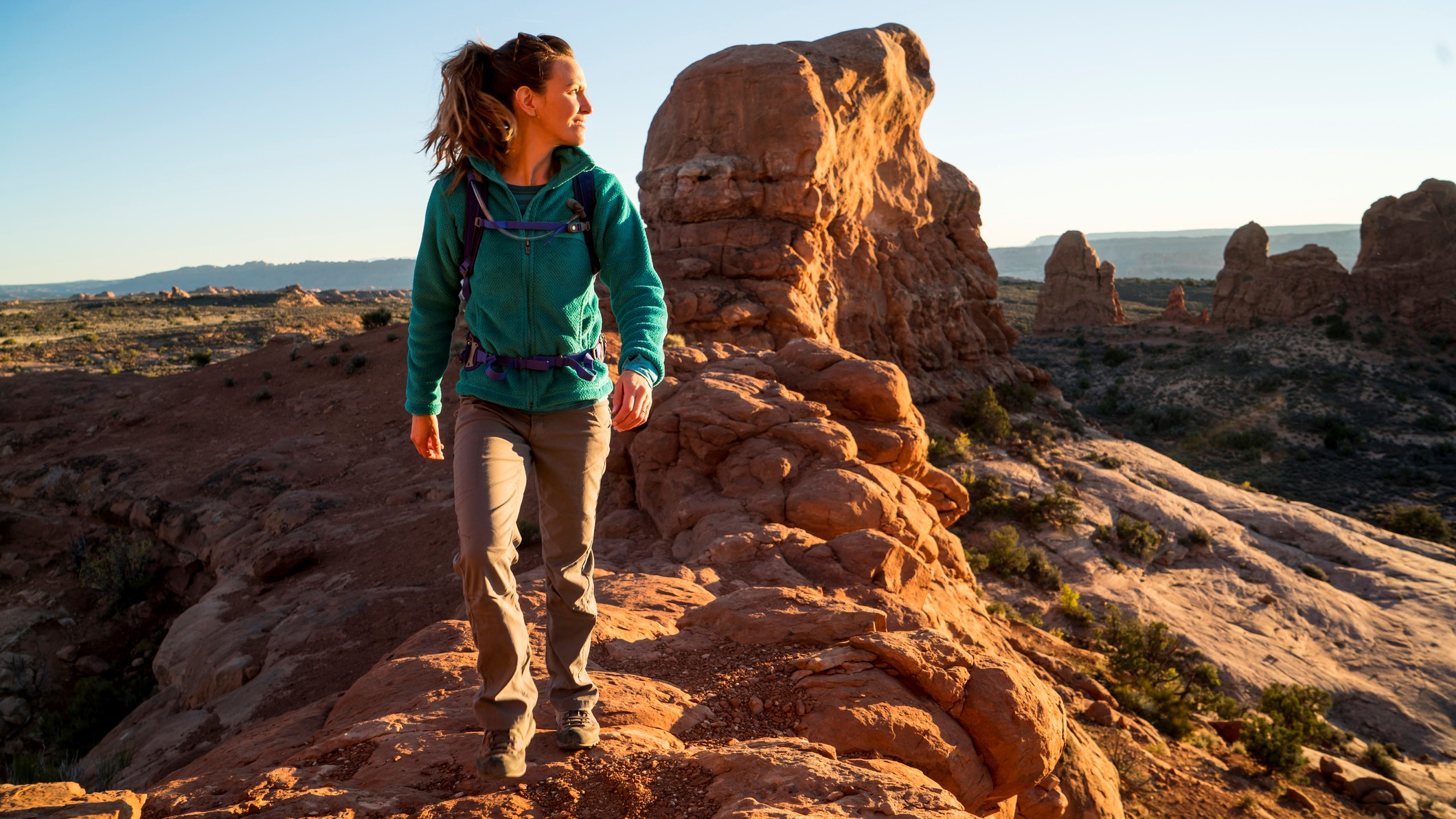
Hiking up The Cobbler, a famous Scottish Corbett, I try to pay attention to every detail. The sight of wispy clouds whipping in front of the jagged peak up ahead. The sound of my hiking boots navigating the rocky path. The coconutty scent of spring gorse filling my nostrils. The temperature of the breeze as it tousles my hair and the sounds of nesting birds in the trees. It’s hard to believe that there have been times I’ve missed half of this, simply tearing my way up the trail and trying to reach the summit as fast as possible while I work through problems or revisit past conversations.
Certainly, there’s a time and a place for striding out at a fast pace and figuring out challenges and projects, after all, walking helps you think, so I’m often happy to just let my mind wander. But as a yoga and meditation teacher and practitioner, I’ve also learned that mindfulness integrating mindfulness techniques to my hikes can add a whole new dimension and depth to my favorite activity. If you haven’t tried it before, practicing mindfulness on the trail can be a great way to get more out of your hikes and reap the benefits of mindfulness meditation.
There’s a good chance that you’ve heard all about the mental health benefits of hiking, which combines low impact physical activity with spending time in natural environments such as mountains, forests and along coastlines. Hitting the trail definitely can help to curb stress and improve well being, but let’s be honest, hiking isn’t always a peaceful experience, is it? Sometimes you’re so busy reliving a conversation you regret or beating yourself up over a missed deadline at work that you forget to enjoy – or even experience – the very things you came out into nature to access. Mindfulness can be a great way to make your hike the focal point of your attention once again.
Mindfulness doesn’t have to be practiced outdoors, but pairing it with nature can be a really effective way to improve its mental health and wellbeing outcomes according to one 2020 study. Because it doesn’t need to be fast-paced and it’s not competitive, hiking can make a great partner to your mindfulness practice. Read on to discover the benefits of mindfulness, and how to incorporate it into your next hike.
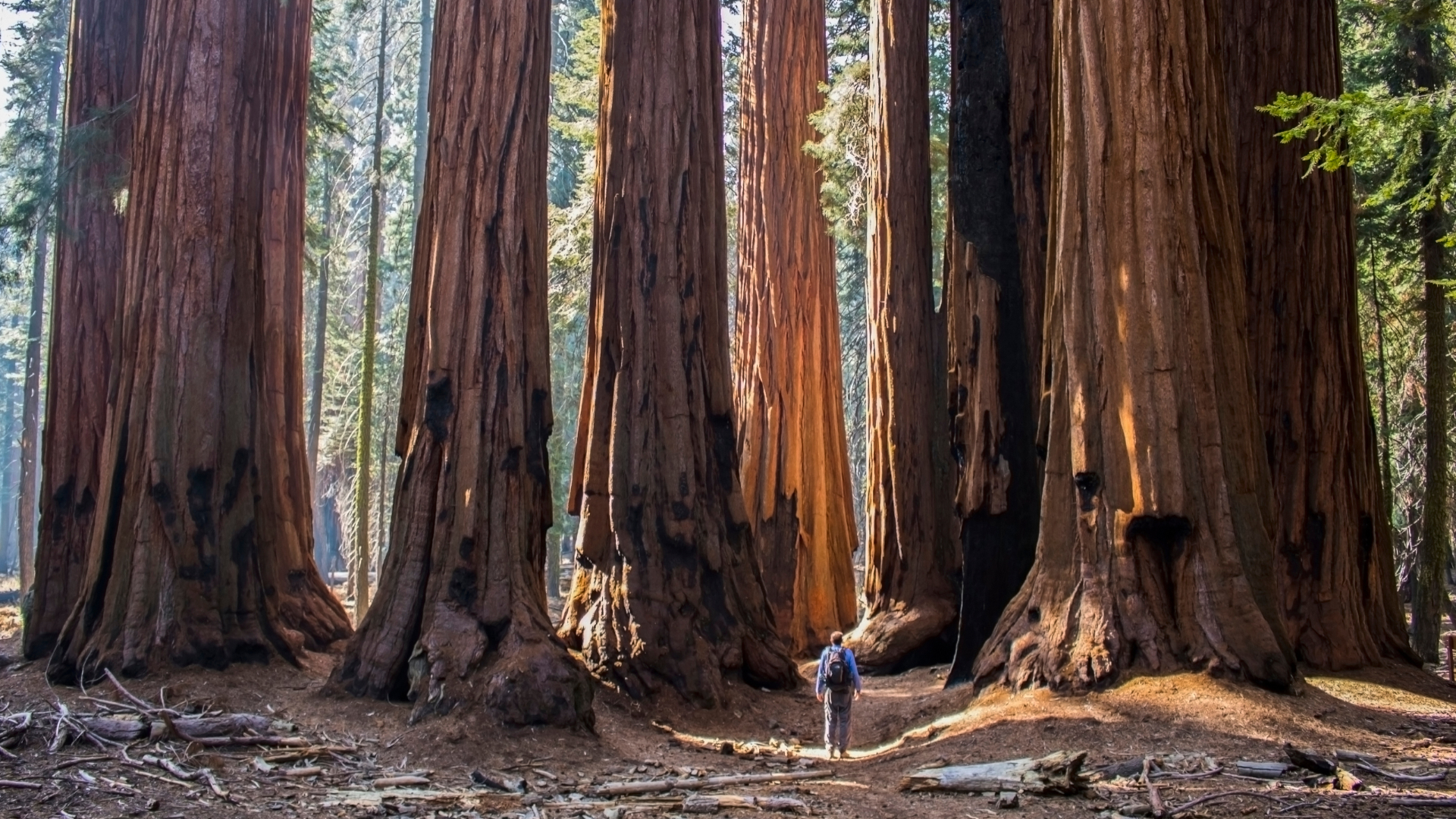
What is mindfulness?
Mindfulness is rooted in Buddhism, however you don’t have to be a Buddhist in order to incorporate mindfulness practices into your life. Mindfulness is learning to pay attention to what is happening in the present moment without judgment or inner commentary. In that way, you approach your experiences with a sense of openness and awareness of your thoughts and feelings as they arise. Mindfulness practices can include seated meditation, walking meditation, breathing practices and even drawing; truly, it is a technique that you can apply to virtually any activity or situation that you meet in life.
What are the benefits of mindfulness?
Mindfulness practices have been clinically correlated with psychological health including subjective states of improved well being, reduced symptoms of stress and better emotional reactivity. Basically, creating a little space between your thoughts and your reaction to them can furnish you with more room to choose your response. Many practitioners find that mindfulness helps them to effectively take the reins over their mind and actions, otherwise known as self-regulation. Regular practice of mindfulness might allow you to more regularly experience states of calm and decrease your stress and anxiety.

How to practice mindfulness on the trail
Hiking, and perhaps even trail running, can provide you with an excellent opportunity to practice mindfulness. You’re engaged in rhythmic movement, away from screens and technology, and you have the space and time you need to be fully present. It’s a practice that I’ve found really effective for myself and my yoga students, on small local trails and out in the majestic vistas of places like Yosemite National Park.
All the latest inspiration, tips and guides to help you plan your next Advnture!
Some people find that their minds wander more on familiar trails, so they start out with new hiking trails, while others find mindfulness easier to practice on tried-and-tested trails when they’re not pulling out the map and compass every 10 minutes. It’s up to you which approach you choose, but once you’ve picked a trail, follow these tips for practicing mindfulness on the trail.
1. Set an intention
Being mindful is a whole lot easier if we position ourselves towards it in the first place. Before you set off on your hike, take a moment at the trailhead to set an intention, a practice called Sankalpa in Buddhism. An intention can be as simple as staying aware of your surroundings or your thoughts, appreciating the small things like the sound of the birds or the way the sunlight slants through the trees later in the afternoon, or just resolving to take your time. Whenever your mind strays, and it definitely will, you can use your intention as an anchor point to bring your mind back to what you’re doing.
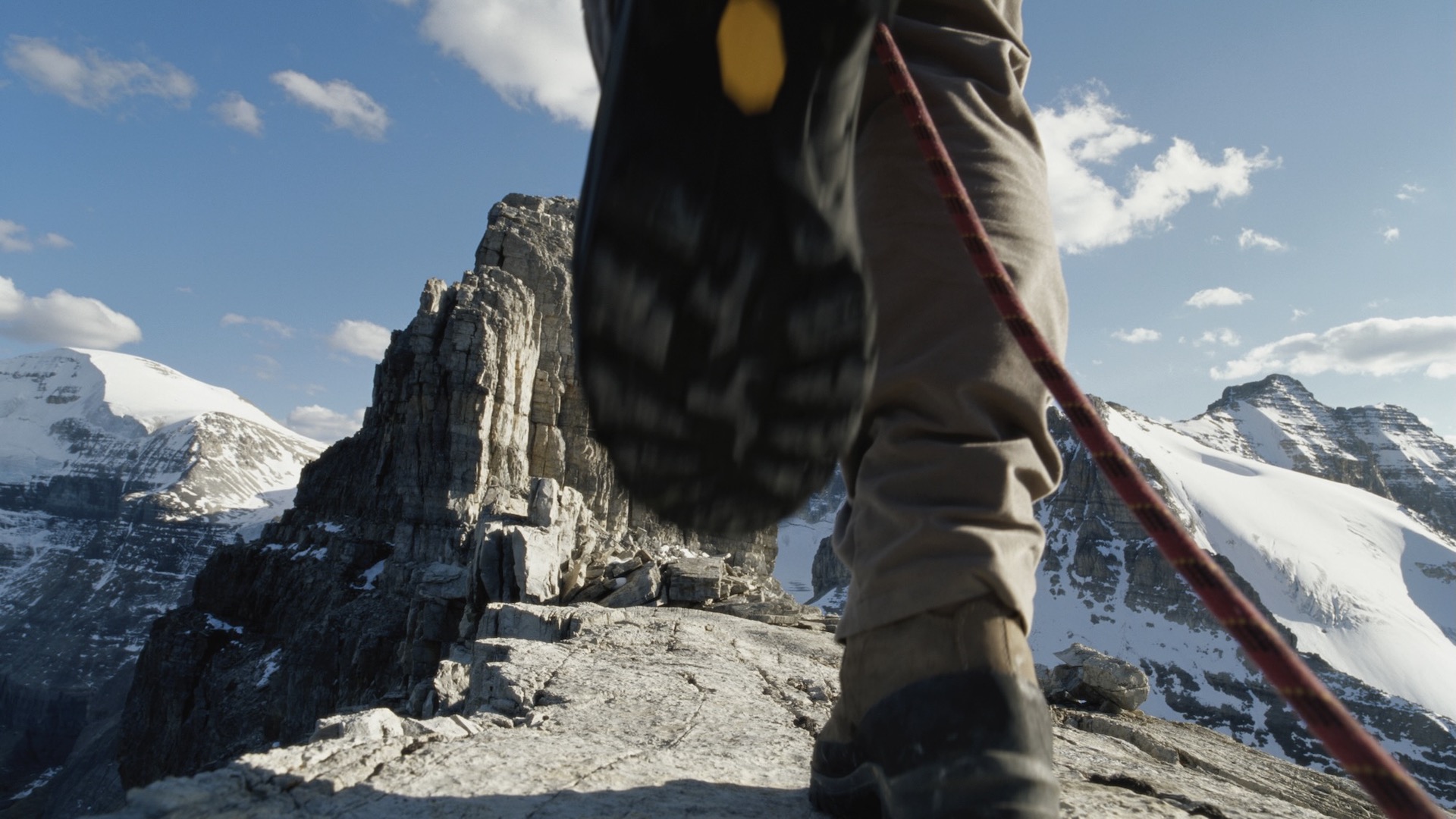
2. Slow down
This isn’t to say that you can’t practice mindfulness at high speed, but the art of noticing becomes infinitely easier if you slow down enough to allow your brain the time to process what you’re experiencing. That extra time is part of the reason we often step off a plane feeling really discombobulated, whereas train travel allows us a slow immersion into a new place. If you’re a hiker, or even a trail runner, that tends to try to get to the summit as fast as you can, slow it down and give yourself room to experience what you’re doing and seeing.
3. Take more breaks
It’s often easier to practice mindfulness in short bouts rather than over long periods. You wouldn’t begin a seated meditation practice by trying to sit for an hour, so trying to stay mindful for an entire four-hour hike may be setting yourself up for failure. Instead, try what I call mindfulness snacking, kind of like exercise snacking, where you just practice it for short periods. Take frequent breaks, even if you’re not tired, and don’t just spend these intervals digging around for your water bottle, eating trail mix or taking pictures. Just pause for the sheer purpose of drinking everything in and appreciating it.
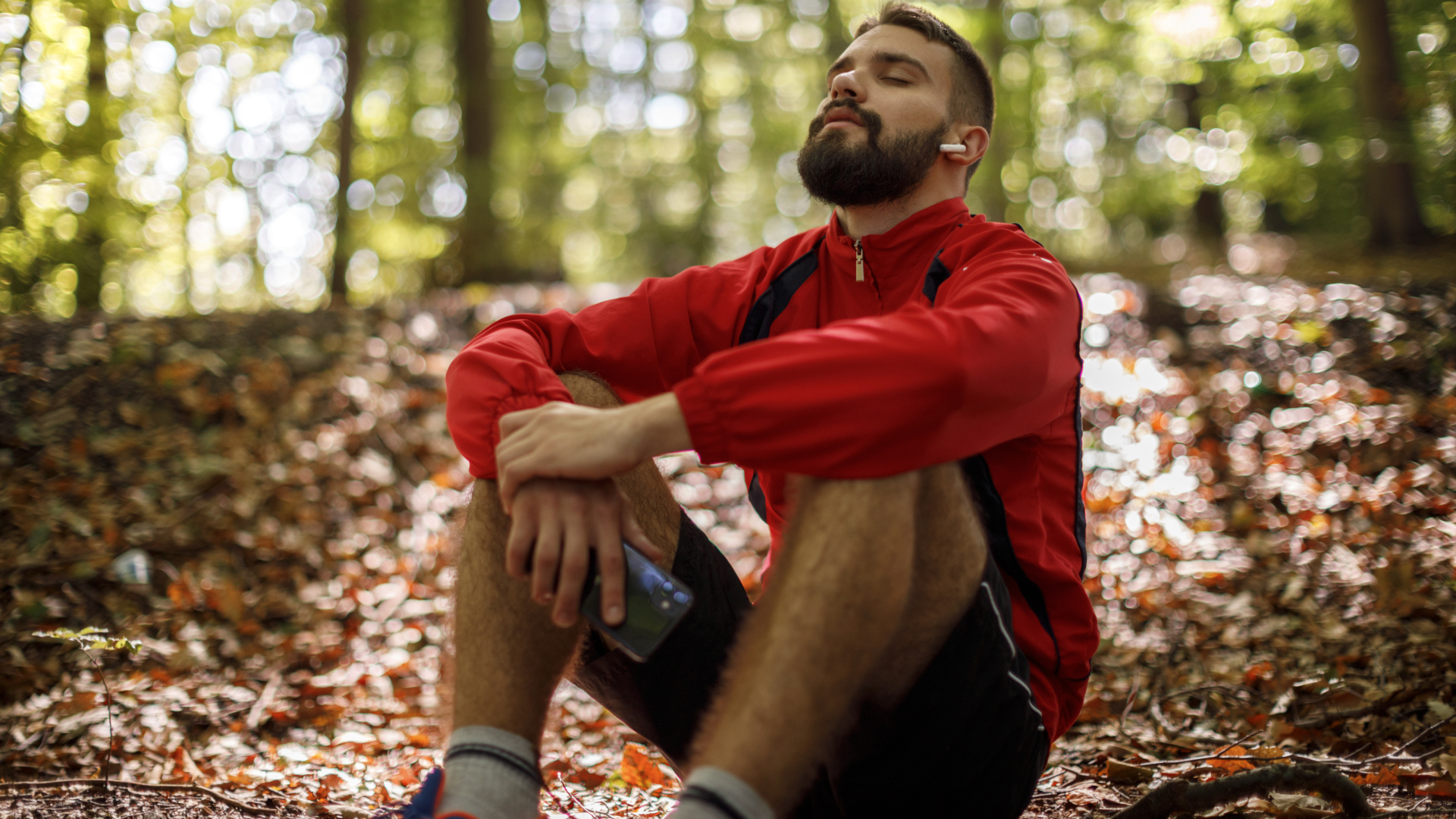
4. Open your senses
To truly practice mindfulness on the trail, you need to avoid distractions, so take those headphones out for starters and let your hiking buddies know when you want a few minutes of quiet. Mindfulness practices involve increasing your awareness and hiking can make for an excellent opportunity to sharpen this skill because there’s so much to see and hear that can help you focus your attention and stay absorbed in your experience. In fact, if you’re a person that has long struggled with seated mindfulness meditation, you might find it much easier out in the woods. When you get out on the trail, notice the sights, sounds, smells and sensations and really savor the details of each one.
5. Watch your thoughts
It’s common for your mind to wander, especially on a hike, and while there’s nothing wrong with letting your mind just take its natural course, you might miss what’s actually happening if you don’t learn how to reign things in from time to time. Worse, you might end up missing the magic of your hike because you’re busy having an argument with someone in your head or criticizing yourself. What a waste! When you notice that your mind has become a runaway train, try to not to react or judge it and just bring your attention back to something in the present moment, like the smell of pine, a squirrel gathering acorns or the touch of the cool breeze on your skin.
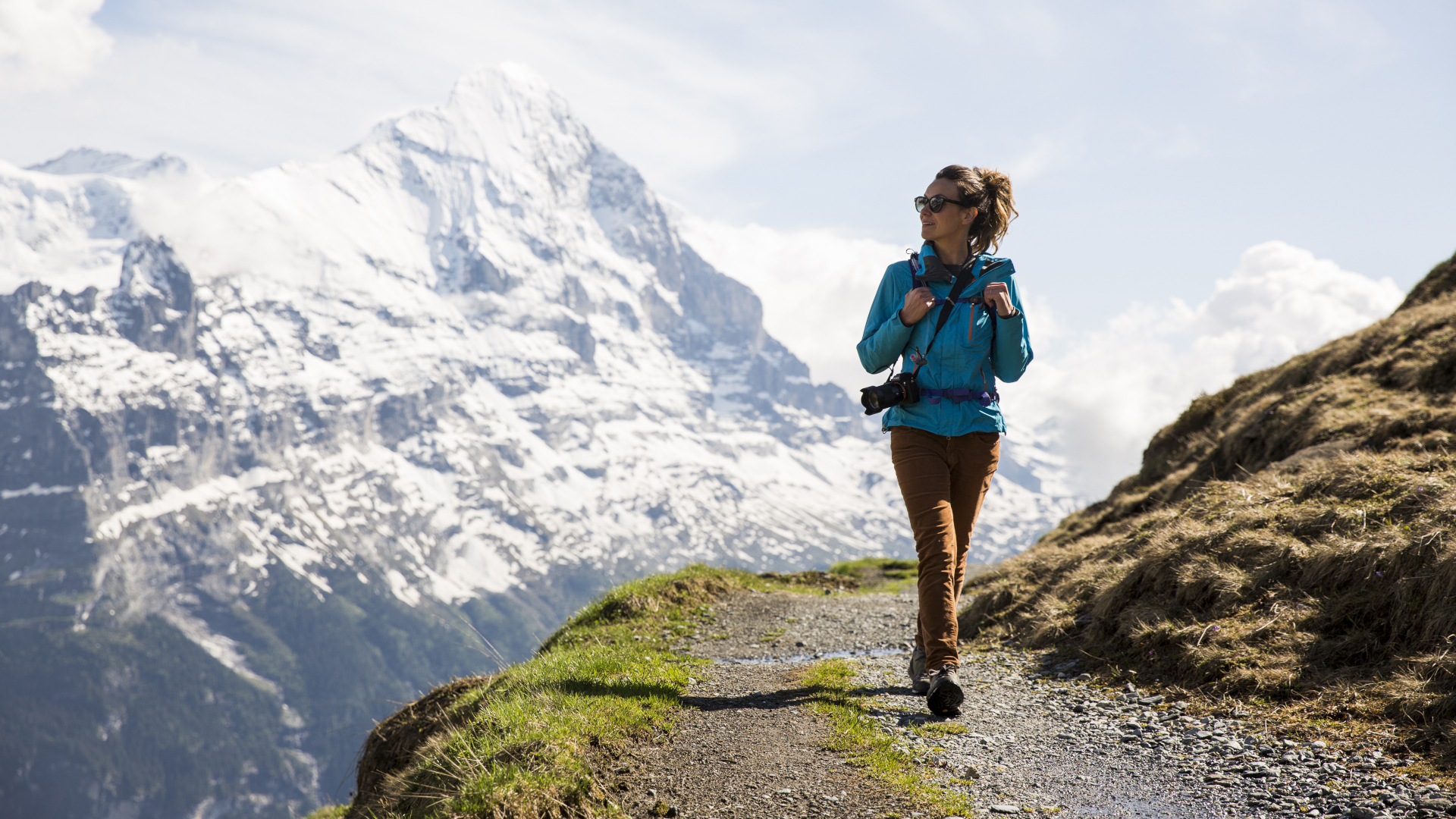
6. Breathe
Many mindfulness practices involve conscious breathing, which is another reason that hiking and mindfulness go so well together. I don’t necessarily recommend exercises like holding your breath in or out during a hike, but it can be a good opportunity to practice, deep, even breathing and focusing on your breath – I like to breathe in for four seconds and out for six seconds while I’m hiking. Whatever length of time you choose for your inhale and exhale, make sure you’re not straining.
7. Reflect
Adding some deliberate reflection to your hikes can be a really effective way to be more mindful about the entire experience. You can pause for meditation outdoors if you find a suitable clearing, engage in some nature journaling or drawing to reflect on your experiences or even write about it when you get home.
Julia Clarke is a staff writer for Advnture.com and the author of the book Restorative Yoga for Beginners. She loves to explore mountains on foot, bike, skis and belay and then recover on the the yoga mat. Julia graduated with a degree in journalism in 2004 and spent eight years working as a radio presenter in Kansas City, Vermont, Boston and New York City before discovering the joys of the Rocky Mountains. She then detoured west to Colorado and enjoyed 11 years teaching yoga in Vail before returning to her hometown of Glasgow, Scotland in 2020 to focus on family and writing.

